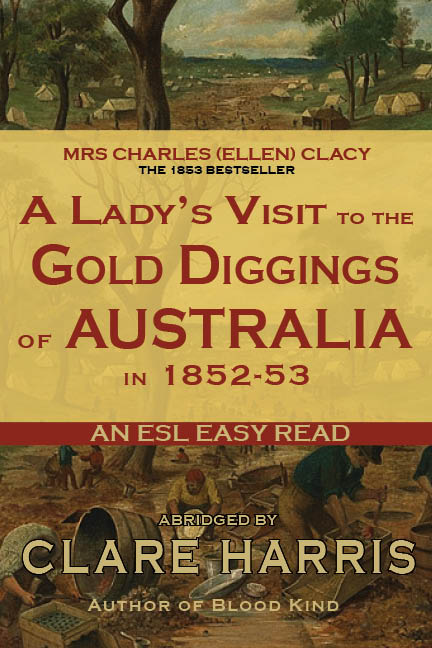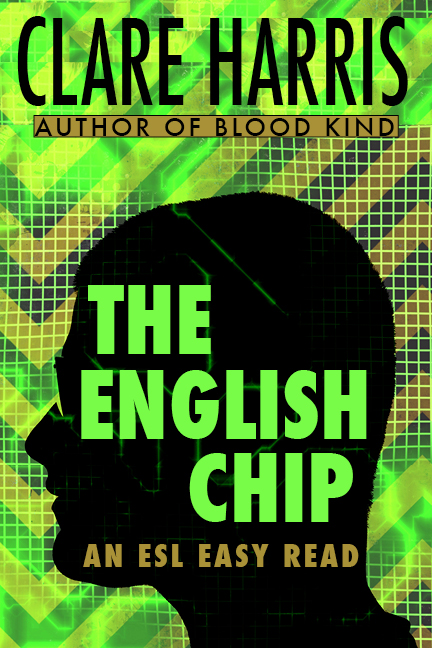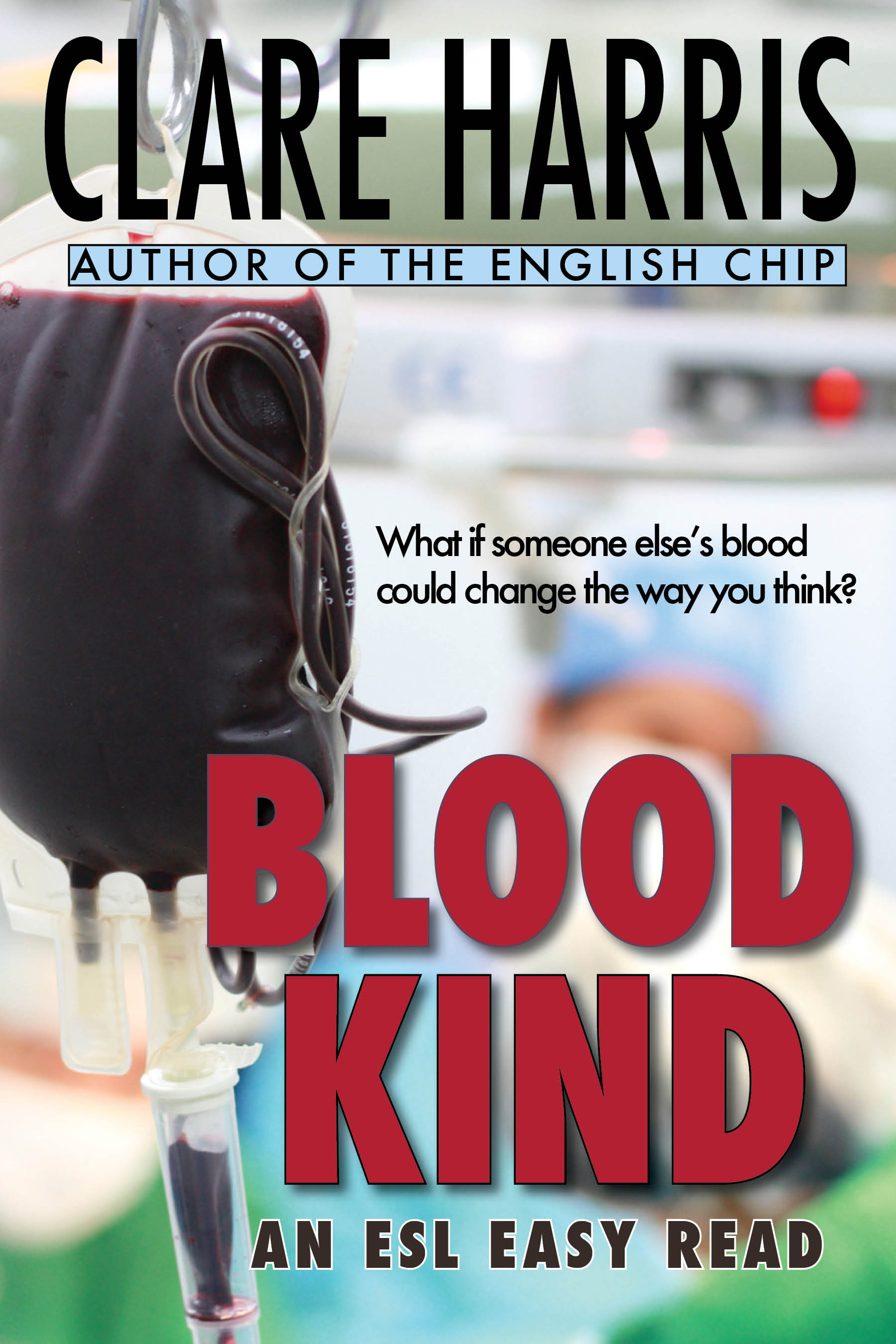Back in 2016, I talked to Helga Burry about her first book: Let’s Connect: An Australian ESL Grammar Workbook.
It’s been a little wait, but at last, Let’s Connect: Book 2 has just come out, so I thought I’d interview Helga and ask her about the new book. (Full disclosure: I saw a draft during her writing process, but only saw the actual book last week. It was so exciting to open the envelope…)
Helga, how’s the response been to the first Let’s Connect grammar book?
It’s been great, with lots of positive feedback. The book seems to have filled a need, with teachers saying they use it all the time, that they like the detail, the practice and the in-depth approach – and that they can’t wait for the next book! That was good motivation for me to keep going and write Book 2.

And Book 2 covers…?
It covers all the ways we talk about the future, in that same step-by-step format.
What mistakes do you see learners making?
I’m sure most teachers know what I mean when I say, ‘will, will, will.’ So many students have learnt ‘will’ and they think that’s the only way we talk about the future.
It’s not always easy to explain the options, though.
That’s true. I wanted to help teachers who are new to teaching ESOL too, because grammar is not something we all automatically know. I’ve used the approach I took with my own students, here in Australia, and in Germany.
You like to see formal grammar teaching happening, don’t you?
I do. I think you can introduce a grammar point however you want; make it communicative, make it fun, get students to work things out if you wish – but at some point they need to know the rules, and they need to have some intensive practice, using language that’s very real and useful in an everyday context. Writing the structures down is an important part of learning, to help you use the language in a natural way.
I know teachers who use your first book for ‘catch-up’ for students who’ve missed out on grammar…
I’m happy it’s useful, but I must say I feel there’s a downside to the communicative approach, that sometimes students get through the assessments because they can make themselves understood. Then they move up to the next level and they still can’t use the language correctly and mistakes get fossilised. I’m not saying beginners have to be perfect, but at higher levels, that foundation in ‘what’s correct’ helps students become independent learners.
What do you mean?
Ultimately our students have to learn how to keep on learning after they finish classes. One way to do this is to learn how to self-correct, and they can only do this if they know what’s actually correct – or incorrect.
Do you self-correct?
I do! It really helped me when I was living in Germany and trying to speak German. Those years also made me realise that you have to keep learning forever.
What does it mean to you to be writing Australian resources?
I try to set the language in contexts that are familiar and useful, that either reflect the experience of new arrivals, or show something about Australian life and culture.
This isn’t an ‘academic language’ book; the exercises are about things like weekend activities or family discussions.
I also try to use vocabulary that’s not too challenging, so there’s less cognitive load and students can focus on the grammar.
The book layout is so elegant and attractive…
Thanks, but I can’t claim credit for that. The design is all Marc Jusserand’s creative work. He’s very good at this!
Can we see some samples?
Of course! Here are some sample pages from the book.
Thanks! And where can people find the book itself?
Your local language bookshop (or library supplier) may well have copies already – if not, tell them the title is Let’s Connect: An Australian ESL Grammar Workbook 2 and the ISBN is 978-0-646-94874-9.
Is there a Let’s Connect Book 3?
There certainly is, or will be at some point in the future. Book 3 is already drafted and covers the Present Perfect and Present Perfect Continuous. It’s quite a long book, as there’s so much for learners to know.
Book 4 is still at the ideas stage; it will probably be a collection of different grammar points that confuse learners.
What do you do when you’re not writing grammar books?
I’m an enthusiastic environmentalist, amateur photographer and ballroom dancing student…
Helga, well done for doing so much to alleviate learner confusion! May there be many more books!










